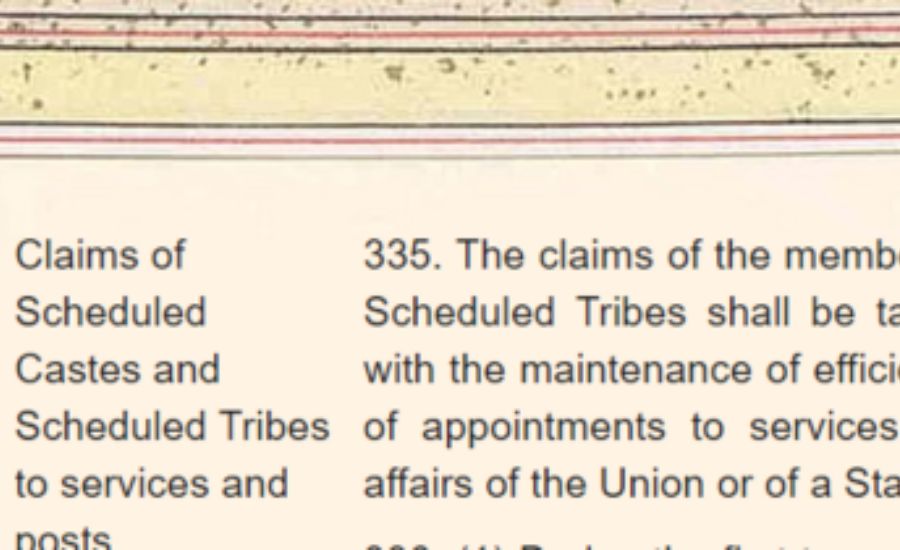
In 1902, Rajarshi Shahu Maharaj, the first king of the Princely State of Kolhapur (1900 – 1923), reserved 50% of government jobs in his state for backward communities. This was a rather novel policy for the time and an early instance of what we now commonly refer to as affirmative action – special measures that seek to increase the representation of marginalized communities in fields like employment, education, and legislatures.
As a Princely State ruler, Rajarshi Sahu was free to institute an affirmative action policy with no impediments, unlike Indian political leaders in the British India provinces who enjoyed little to no say in governance. These leaders saw the need for affirmative action too – but could only demand them from British colonial authorities.
One way they did this was to include such provisions in their constitutional proposals – Historical Constitutions (HCs). In this post, we provide an overview of the type of affirmative action provisions proposed and the beneficiaries of affirmative action in these HCs.
1900 – 1930
A key strand of India’s nationalist movement in the early 20th century was the demand for Indian representation in political institutions like the central and provincial legislatures. This period also witnessed the fissures between religious groups. Religious minorities (particularly the Muslim community) sought political power and special political protections. These developments informed HCs of the time whose affirmative action provisions primarily engaged with political representation, specifically political representation for Muslims.
The 1916 Lucknow Pact, an attempt by the Congress and Muslim League to mitigate inter-religious tensions, provided for separate electorates and reservations for Muslims in imperial and provincial legislatures. The Commonwealth of India Bill 1925 included separate electorates, albeit as a transitory measure. The Nehru Report in 1928 did not have a provision for separate electorates, and instead proposed reservations for Muslims in the legislature.
1930 – 1946
From the 1930s onwards, political jostling over the representation of India’s religious minorities continued to move into higher gears. This was, however, accompanied by the rising political voice of other social groups who also claimed special provisions. These were reflected in the HCs during this time.
The Women’s Indian Association in 1931 demanded reservation of seats for women in the legislature. The All-India Depressed Classes Women Congress passed a resolution in their 1942 Nagpur session, urging to reserve seats exclusively for women from depressed classes in legislative bodies. The 1945 Sapru Committee Report included women and laborers in its affirmative action provisions.
The 1932 Poona Pact, 1944 Political Demands of Scheduled Castes and States and Minorities in 1945 laid out a range of affirmative action provisions that were specifically designed for the Dalit community. These provisions were unique in that they went beyond political representation, and extended affirmative to the civil services and education.
In the Constituent Assembly, affirmative action was a hotly debated issue in the Committees and plenary sittings, with many minority groups demanding special constitutional provisions. In the end, the Constitution framers designed an affirmative action framework that included reservations in political institutions, education, and public employment. The groups they identified were Scheduled Castes, Scheduled Tribes, women, and ‘backward classes’.
Parliament was given the power to identify ‘backward classes’ and bring them under the ambit of the Constitution’s affirmative action umbrella. Many governments since independence identified a range of social groups as ‘backward classes’ and this has over time become politically charged, and some have been challenged in courts. The latest in this expansion has been reservation for Economically Weaker Sections in the education domain.
